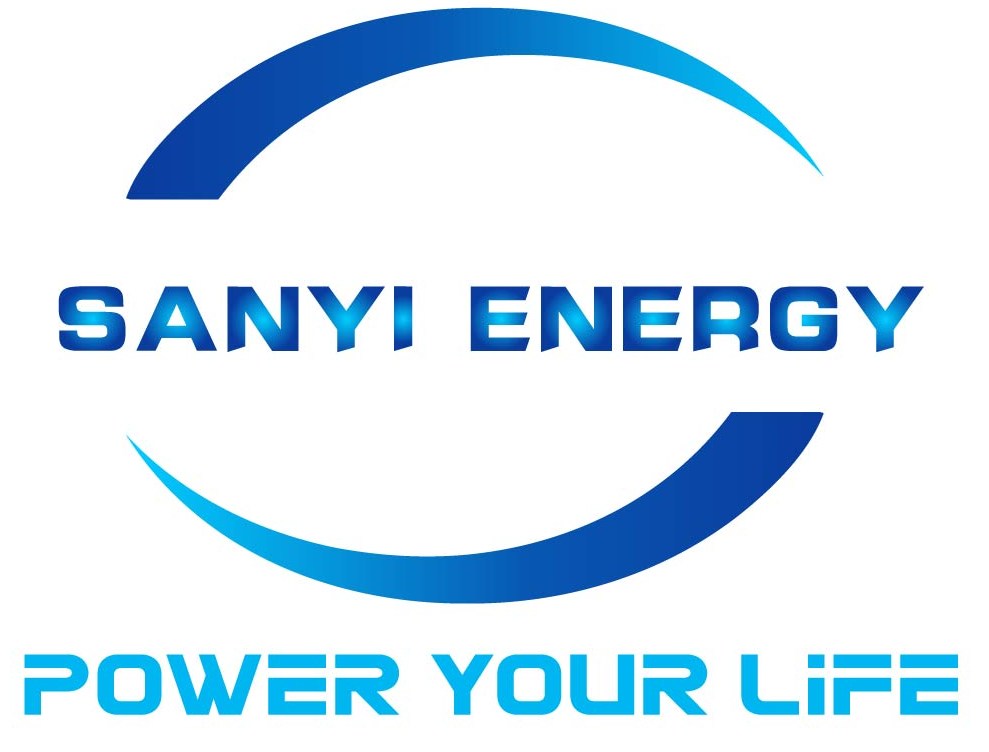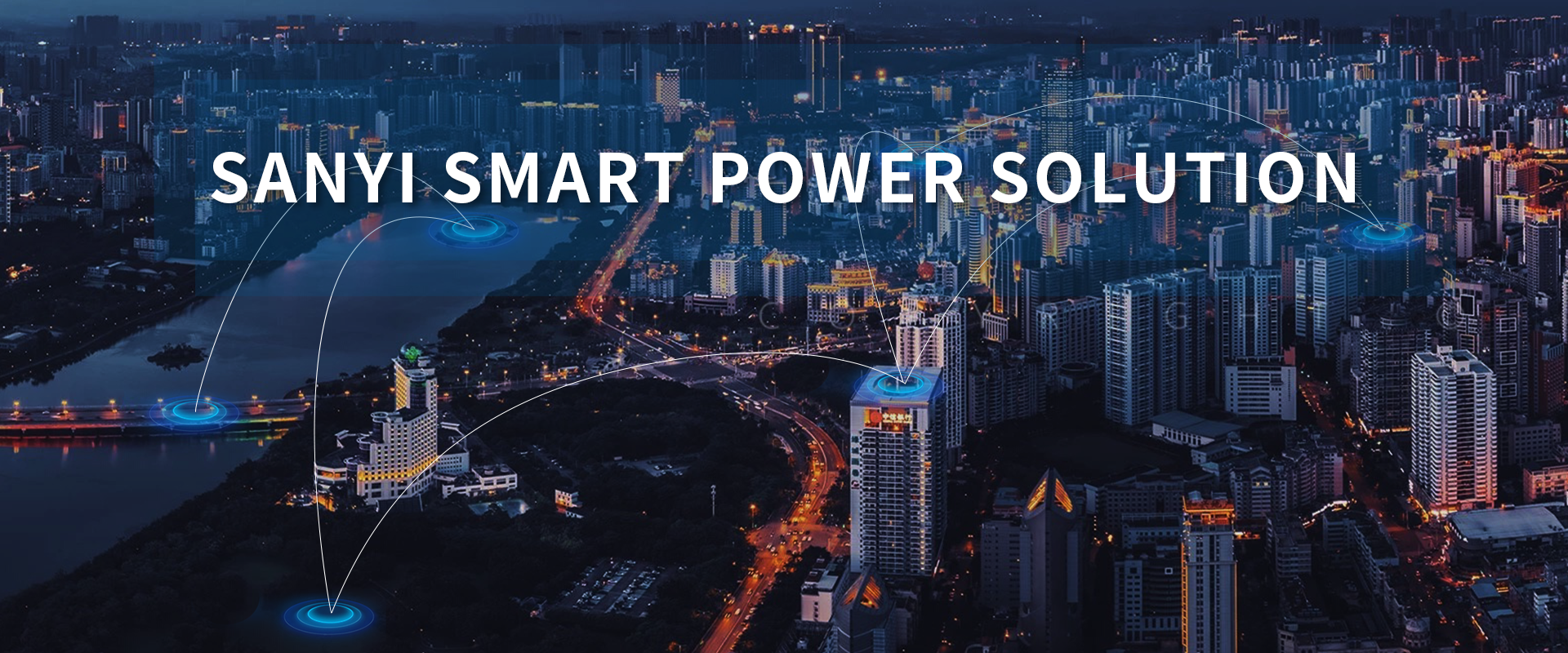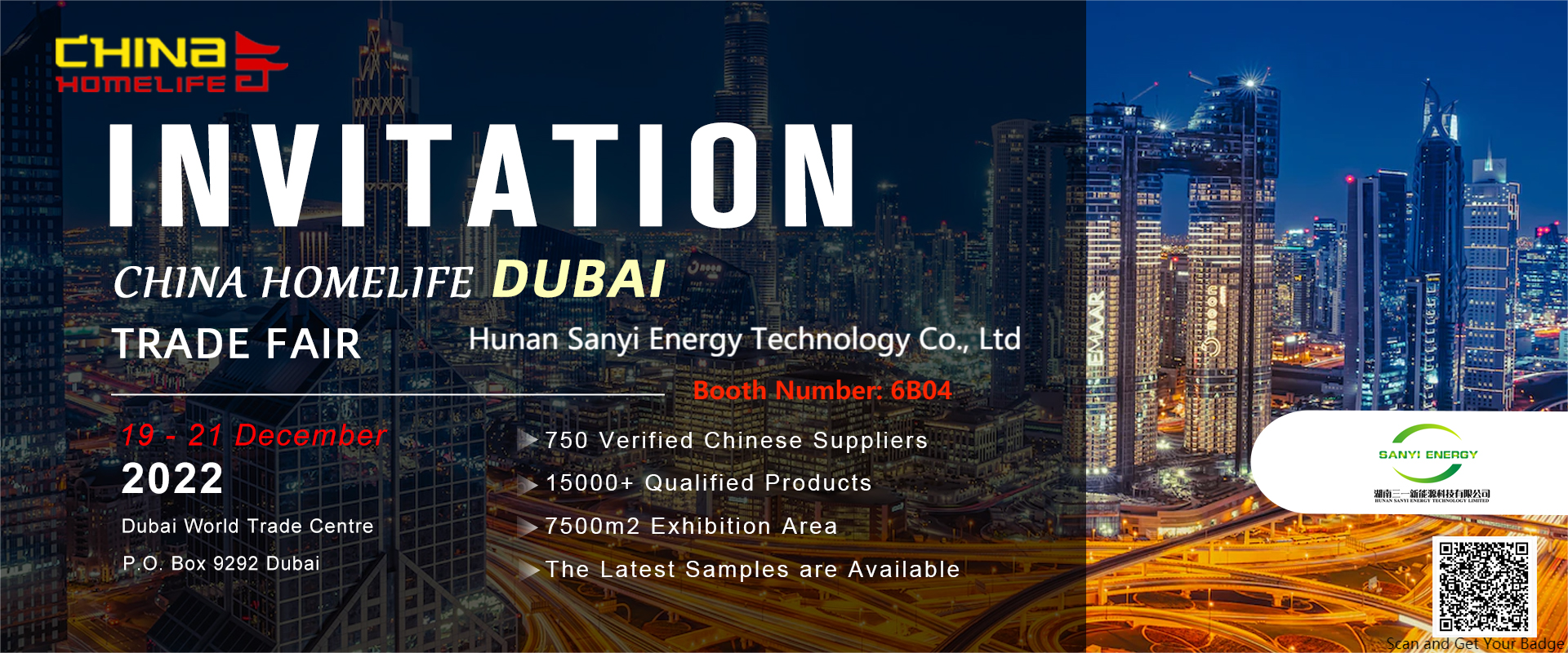There are so many things to consider when choosing a battery system. How does it consume power? Does it require quick recharging? What is the ambient temperature during charging and discharging? The desired total longevity? Price? All of these factors are important.
Some batteries are used as back-up for critical systems like life support, while others simply keep a light on longer. However, it is always worth investigating the scope, size, and maintenance requirements – in order to make the right investment.
First off, it’s important to remember that a battery is an energy converter that stores chemical energy. This energy is converted into electricity when it completes the circuit through an external circuit, load, etc., or conversely takes electrical energy from a charger and stores it as chemical energy.
A capacitor can also be recharged with electricity and emit energy, but in this case it is really an electric charge which is stored up. See below for capacitors and batteries.
Lead-acid batteries
Small and medium-sized sealed lead acid (VRLA, AGM / GEL) batteries, are sometimes called, a bit erroneously, “maintenance-free” batteries. They manage to deliver large currents for a short time, but to get out the battery’s total capacity, the power consumption should be relatively low. The nominal capacity applies normally with 20 hours of discharge, with higher currents (less time) the total capacity becomes lower. Energy density around 30-50Wh / liter or 20-30Wh / kg, nominal cell voltage is 2V.
Lead acid batteries provide a cost effective solution and are relatively easy to load and take care of. They have no so-called memory effect, can be recharged even when they are not entirely empty, but should never be left discharged, or they can be destroyed in a short time.
Lithium-ion
Lithium-ion batteries have a very high capacity relative to volume / weight, 320-380Wh / liter eller150-200 Wh / kg and can be the right option when weight plays a major role. Are more expensive than the others, but prices are falling gradually as more and more start using this system. At present the automotive industry is the strongest proponent of research on batteries based on lithium chemistry.
The cell voltage lies at 3.7V often uses a single cell in for example mobile phones. Li-Ion always have a small add-on electronic circuit (PCM Protection Circuit Module) which provides for the safety, prevents overcharge / under-discharge etc. The charging technique is reminiscent of the lead battery’s, but the battery can be recharged in less time, down to 2-3 hours. During charging is monitored often the balance (voltage level) between the individual cells with a special electronic circuit (VBB) that can be a separate circuit board but which often is combined with the protection circuit. The balancing can be passive or active where the latter provides a faster and more accurate result.
The cells are built both cylindrical and prismatic (rectangular). Li-Ion batteries are becoming increasingly common in applications with low to medium power consumption.
Lithium-ion Manganese dioxide is a variant that is designed for high discharge currents. Lithium-ion has no memory effect, and requires no reconditioning, self-discharge rate is low. Must however be taken into account that electronic protection , etc., has a certain consumption.
Lithium-Polymer Lithium-ion Polymer
Lithium-Polymer Lithium-ion Polymer Lithium-Polymer (Li-Pol) batteries have a similar chemical composition as the regular Li-ion cells. The construction is such that one, in principle can shape the cell in the desired way, a dream for the designer. There is no need basically for a “hard” housing, only plastic or aluminium foil and can be “squeezed” in an optimal way in for example the computer or the phone’s battery casing. Works like Li-Ion, best with low or medium flows, requires somewhat longer recharge time. Can pricewise be advantageous due to the simpler manufacturing than Li-Ion, and is the most common Li-cell in portable devices today.
Smart batteries,SM Bus,BMS,SBS,etc
So-called smart batteries are something that can be seen with increasing frequency, also called Info batteries (in connection with cameras , for example) or intelligent batteries. Is not really tied to any particular chemical system has long been used in for example certain laptop and video batteries and in several other contexts. The so-called Smart circuit functions as time counter / power gauge on the battery.
A circuit board with microcontroller, etc. (BMS Battery Management System, SBS, the Smart Battery System) is built into the battery and accurately measures in- and discharged energy, temperature, number of cycles and others parameters.
The result is presented in the attached equipment display or monitor, and you can always see for example remaining capacity in percent or operating time in hours / minutes, in comparison with the earlier simple battery meter in the form of a few LEDs, bars in a small LCD display or the like, which pretty roughly showed the battery’s status. The information between the battery and external equipment can take different forms of a physical data bus, regular standard SM-bus, I2C bus, CAN bus and so on.
On larger battery systems, like for example electric vehicles or similar one often has many parts and modules, instruments, displays, motor control, etc. charging circuits , etc., that share data from the battery’s common communication bus. Components of batteries and cells can be split between master and slave modules , different manufacturers can use a little different names for the parts, BMS, BMU and so on.






